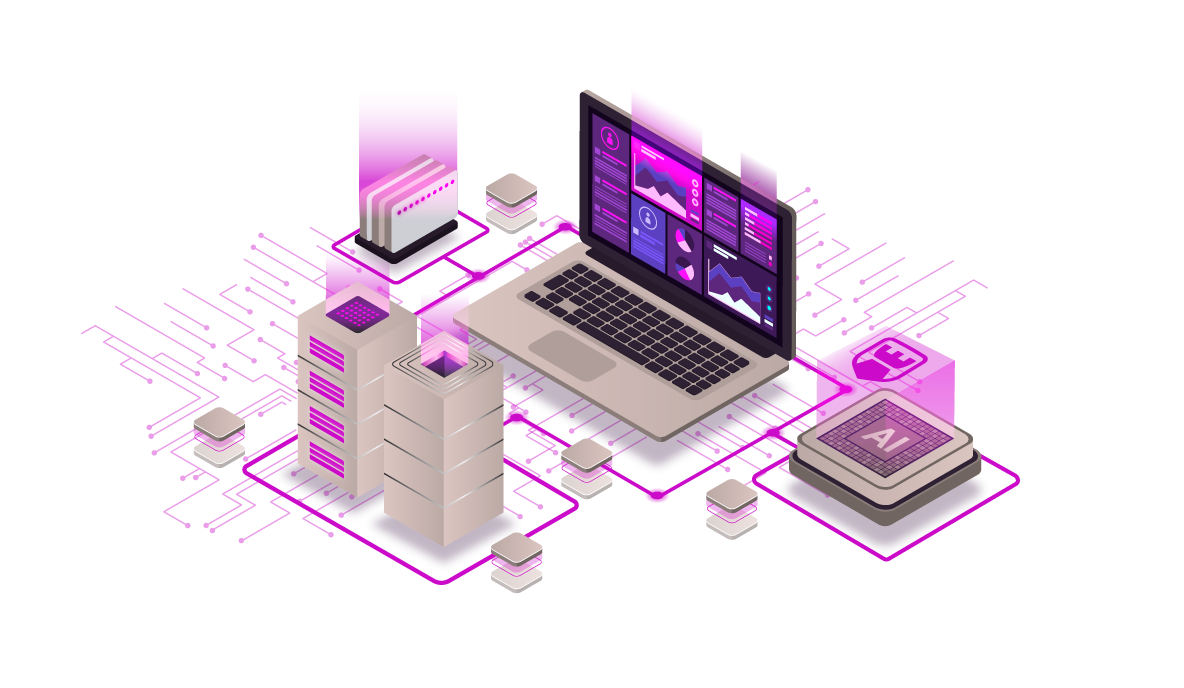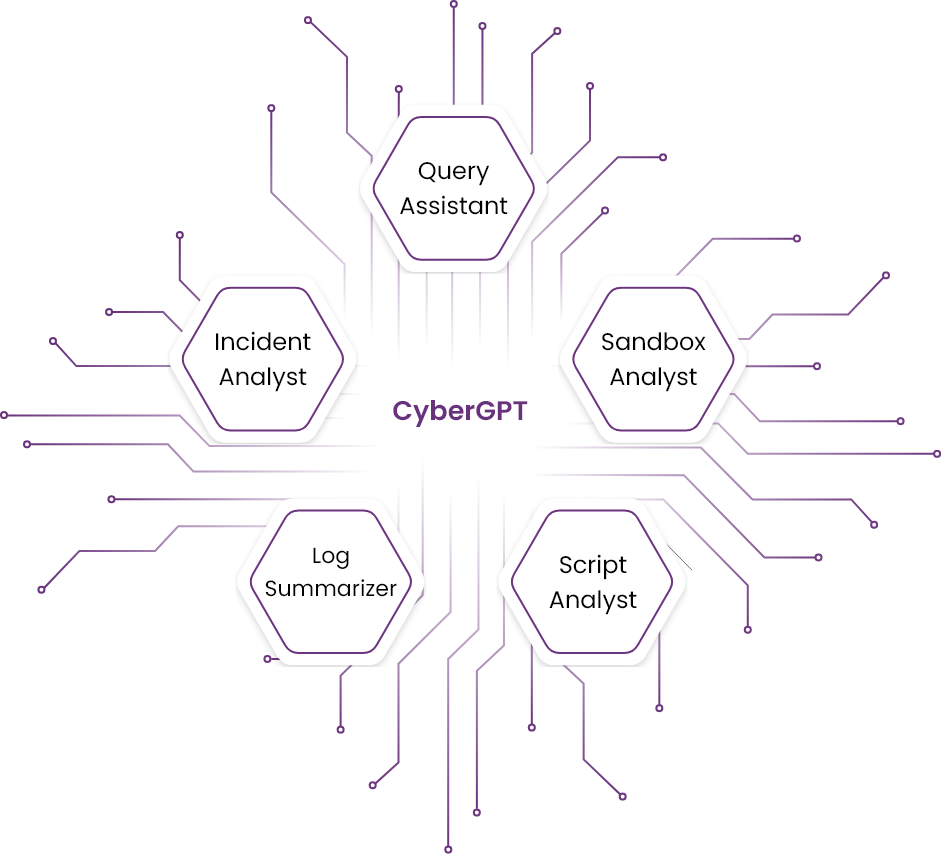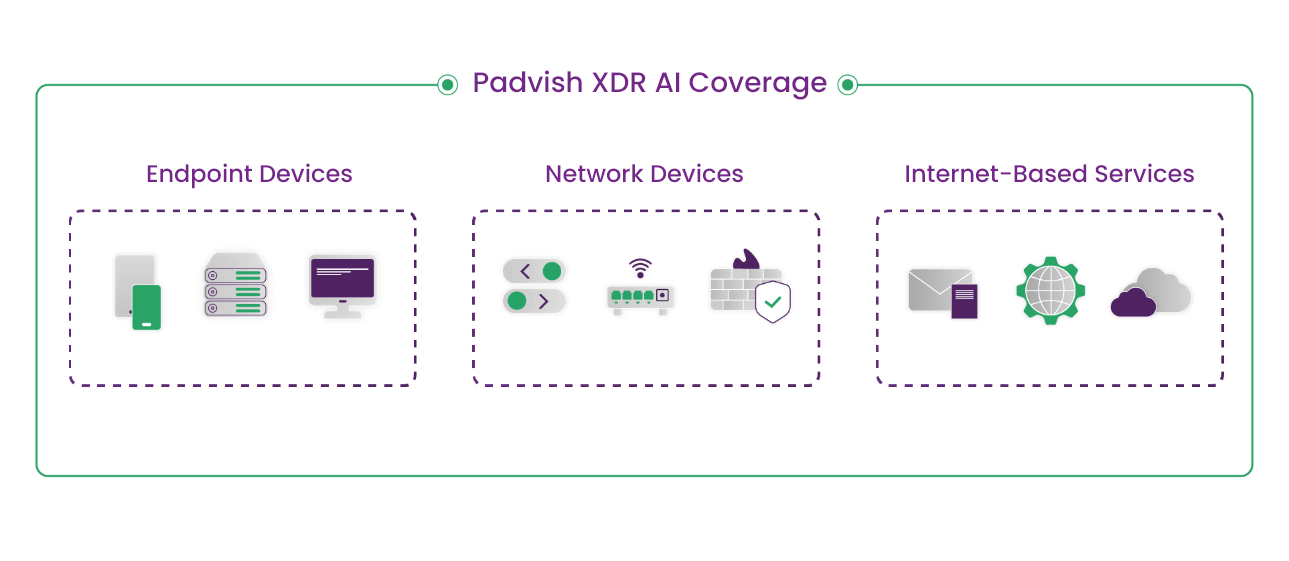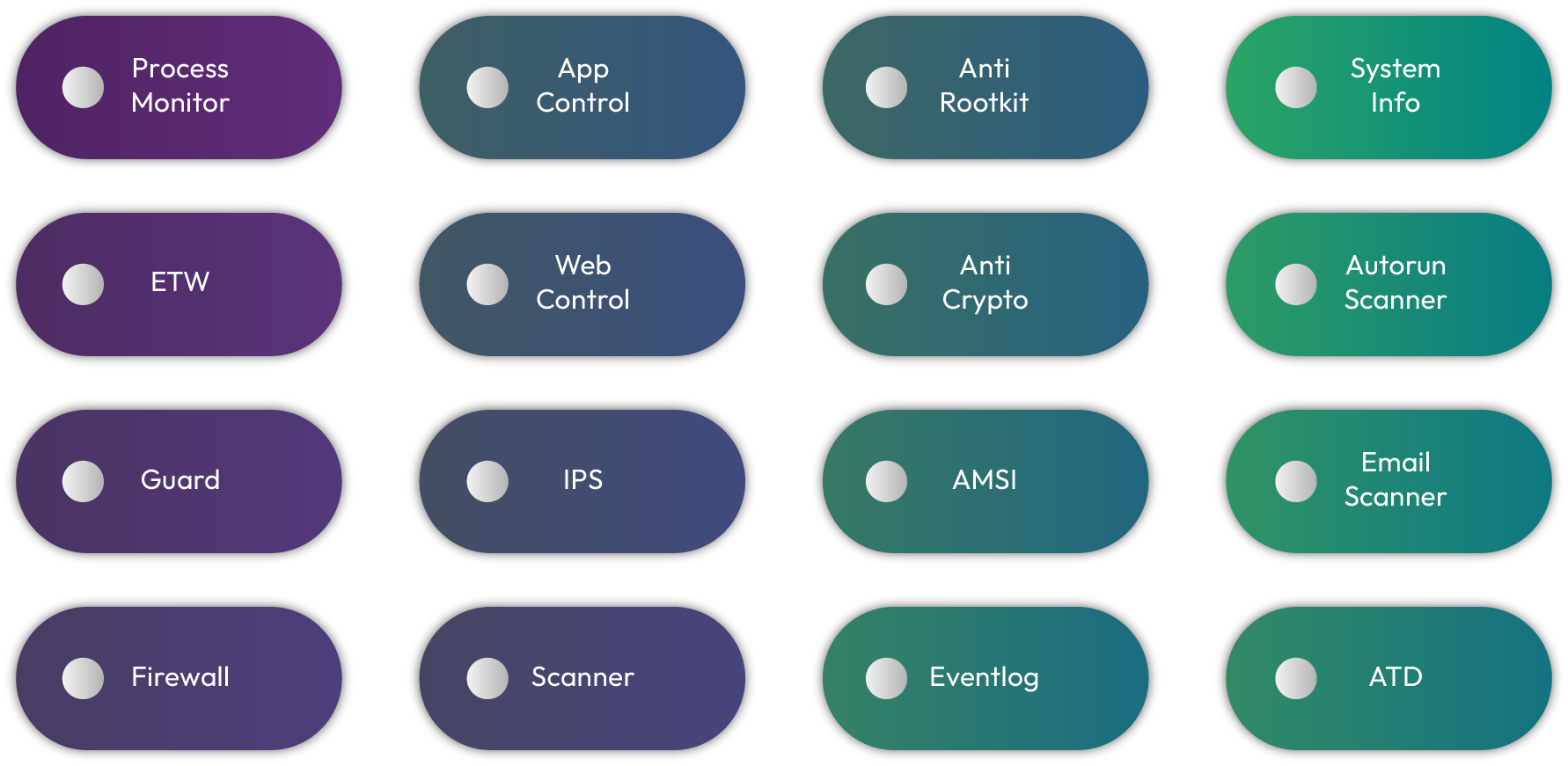Key Components of Padvish XDR AI
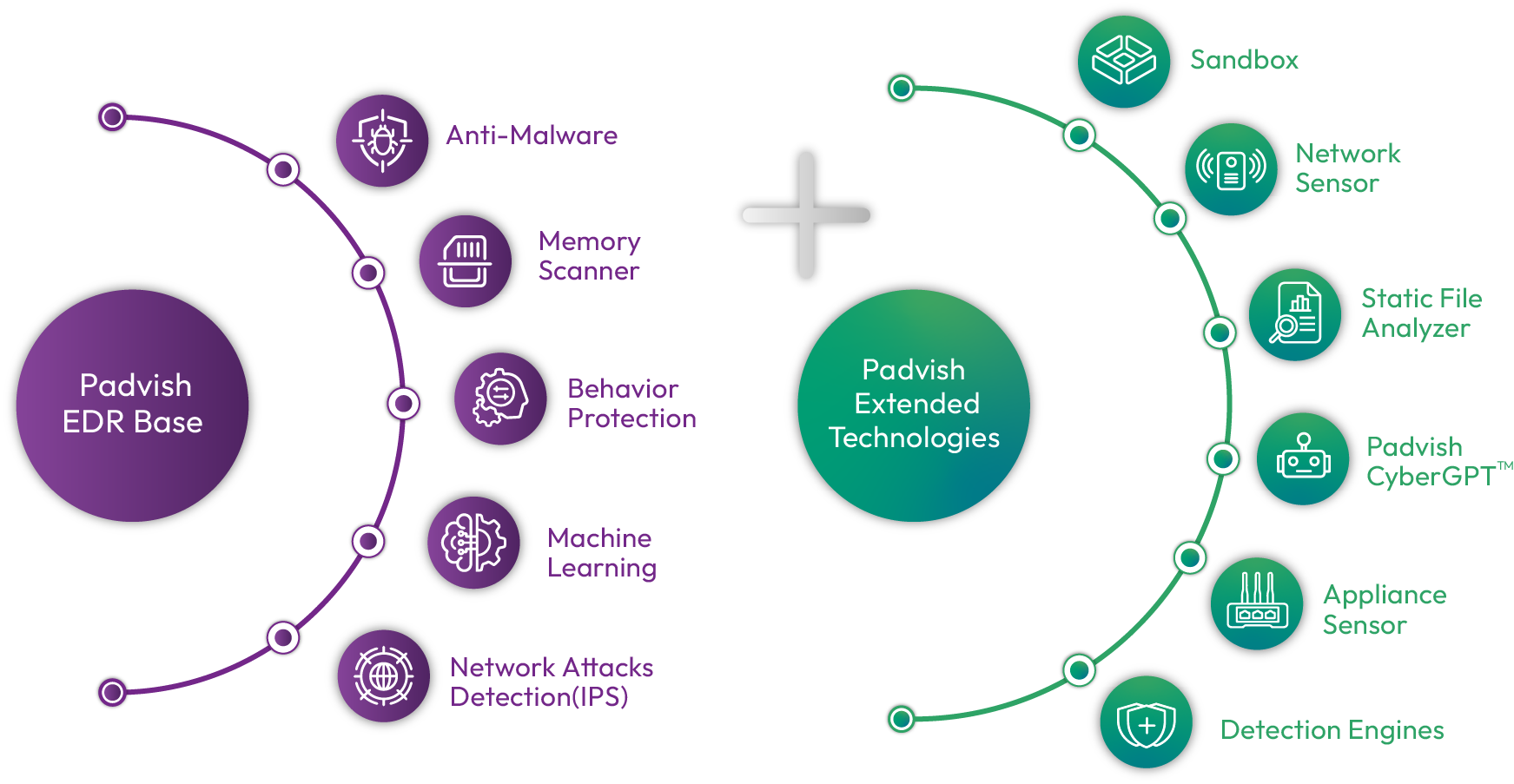
Anti-Malware: Detects Indicators of Compromise (IoCs) such as malicious file hashes, code sequences, and responds rapidly.
Memory Scan: Detects and monitors cyberattacks by analyzing the running memory, systems, and processes.
Behavior Protection: Analyzing and monitoring system processes' behavior using a collection of sensors, and detecting cyberattacks by identifying unusual patterns and changes.
Machine Learning: Leverages ML algorithms to detect suspicious code, security threats and behavioral deviations.
Network Attacks Detection (IPS): Detects and blocks network-based attacks and exploits (e.g., Log4j, ZeroLogon).
Sandbox: Executes suspicious files in an isolated environment to analyze their behavior.
Network Sensor: Analyzing raw traffic packets across the entire network to detect threats originating form unprotected endpoints or outside the network's coverage area.
Static File Analyzer: Analyzing files to detect security threats, IoCs or stealth techniques, and specifying their static characteristics.
Padvish CyberGPT™: An AI-driven assistant that summarizes suspicious activities and events, recommends actions, analyzes complex scripts, and generates threat-hunting queries.
Appliance Sensor: Collects logs from infrastructure devices (e.g., virtualization platforms, storage systems, switches, routers) to detect anomalies and generate alerts in response to suspicious and potentially dangerous activities.
Detection Engines: Integrates multiple antivirus engines to improve threat detection accuracy.
